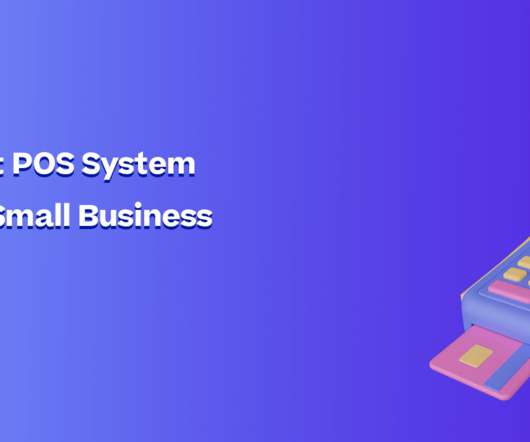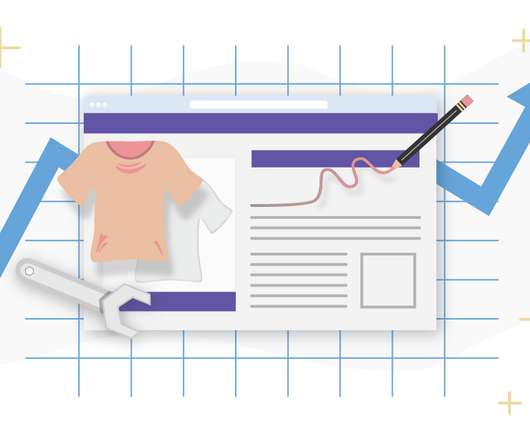What Main Street Can Learn from Wall Street: Retail Businesses Should Look to the Trading Floor for Inspiration
Retail TouchPoints
AUGUST 22, 2022
Retailers need to envision a future where managers will operate more like stock traders on the trading floor, orchestrating marketing, merchandising and digital levers to manage category profitability. Working in an algorithm-powered retail business requires developing a new operating model and mindset.












Let's personalize your content